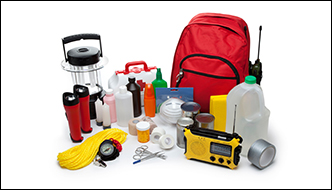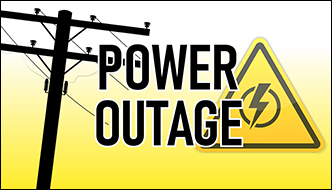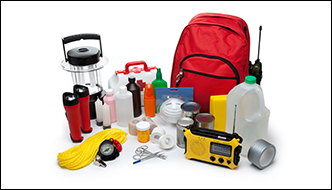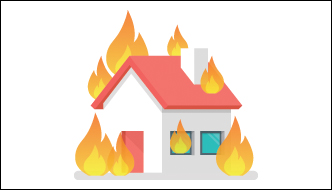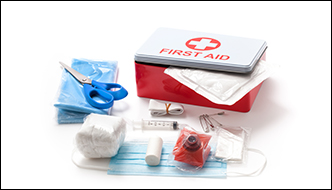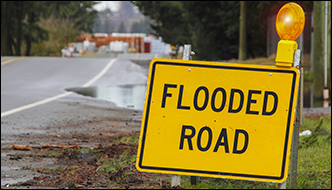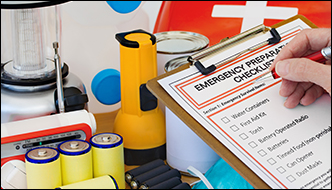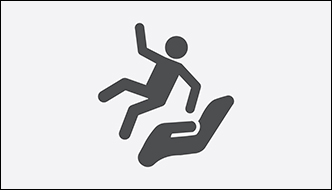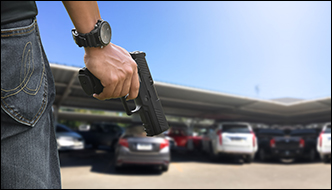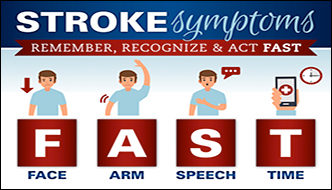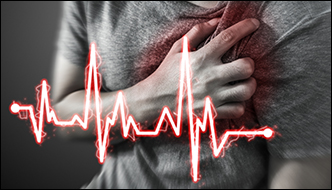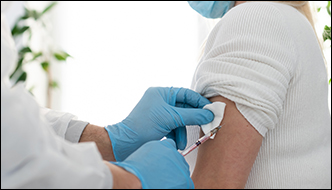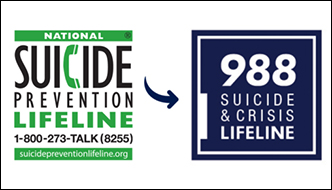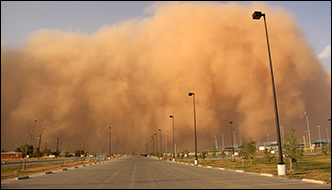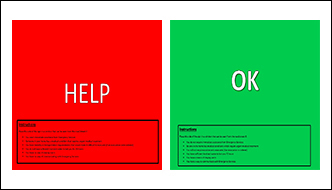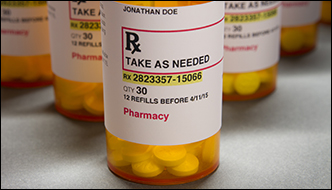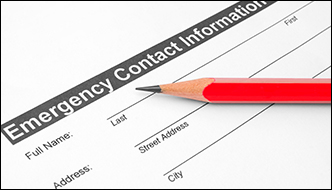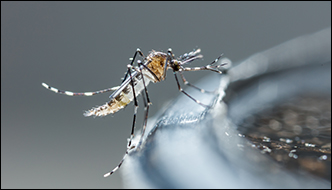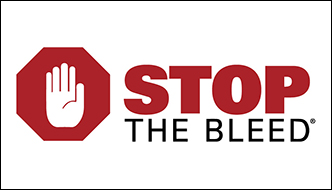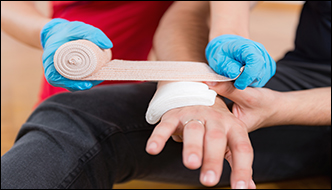
Basic first aid is a set of skills and knowledge that can help a person provide initial care for an injury or illness until more advanced medical treatment is available. It is important to be familiar with basic first aid procedures and to have a first aid kit available in case of emergencies. Some common first aid procedures include:
- Administering CPR (cardiopulmonary resuscitation) to someone who is unconscious and not breathing.
- Controlling bleeding by applying direct pressure to a wound and elevating the injured limb above the heart.
- Treating a burn by running cool water over the burn and covering it with a sterile bandage.
- Splinting a broken bone by using a firm object to stabilize the injured limb and prevent further movement.
- Treating a concussion by keeping the person awake and alert and seeking medical attention if symptoms persist.
It is important to remember that basic first aid is not a substitute for proper medical treatment and that individuals should seek medical attention for serious injuries or illnesses.

